She stormed our tables and amazed everyone with her unique properties. Quinoa, because this is what we are talking about, is experiencing its great renaissance. What is it and is it really worth including it in your menu? Let's check.
Quinoa, also known to us as "quinoa", is a plant native to South America. There, centuries ago, people found out about its properties - not without a reason, after all, it is said to be the "golden grain of the Incas" or the "mother of grains". It is actually a pseudo-cereal - a plant that is not de facto a grain, but produces seeds similar to it, rich in starch.
What's in that seed?
The quinoa grains consist of 48% starch. Quinoa is also rich in:
- wholesome protein (it contains about 18%)
- In addition, it contains many vitamins (including vitamin E)
- minerals (calcium, iron, phosphorus)
- and fatty acids which are extremely important for our body (approx. 4-9%).
Many studies on it also draw attention to the content of saponins - thanks to which this plant has anti-inflammatory, anti-fungal and anti-allergic properties.
It is also worth knowing that these are grains of beauty - thanks to the content of flavonoids, they have antioxidant properties, delaying the aging process of cells.
Eat quinoa instead of grain!
Why? After all, grain not only does not contain flavonoids, but is also poorer in protein. Scientists have proved that quinoa contains all the essential amino acids (i.e. those that we must provide with food). It is precisely because of its high-quality protein content that quinoa is recommended for vegetarians and a low-meat diet . It is worth adding that quinoa grains do not contain gluten.
In addition, it has anti-cancer properties - studies conducted on rats have proven that extracts from seeds, leaves and quinoa sprouts inhibit the multiplication of cancer cells. We cannot forget about the influence of quinoa on our circulatory system - it lowers cholesterol and reduces the risk of atherosclerosis.
How to choose a quinoa?
It is best to choose grains that come from organic, certified crops , are not contaminated with pesticides and are therefore a wholesome food. Information on the origin and type of crops should be included on the product label. So let's look for products with the BIO marking.
We should also know that quinoa comes in several colors. The most common is white quinoa, characterized by a delicate, slightly nutty flavor. Red quinoa has a more pronounced flavor and does not overcook like white quinoa, which is why it is more often chosen, for example, in salads. The black variety of quinoa has a distinct taste, compared to the white one it is sweeter.
What is worth remembering?
These grains are perfect as an addition to oatmeal, salads, soups, casseroles, vegan cutlets, cookies, etc. It is worth knowing that before cooking quinoa, it should be thoroughly rinsed to get rid of the saponins responsible for its bitter taste .
The most frequently asked question about quinoa is about its cooking.
So how do you cook quinoa?
We boil it in water, keeping the optimal proportion - 2 glasses of water for one glass of quinoa. After approx. 15 minutes of cooking, the beans form characteristic "springs", which clearly indicate that the quinoa is ready.










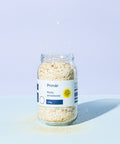

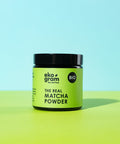
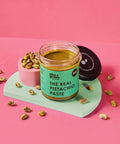

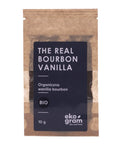






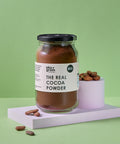






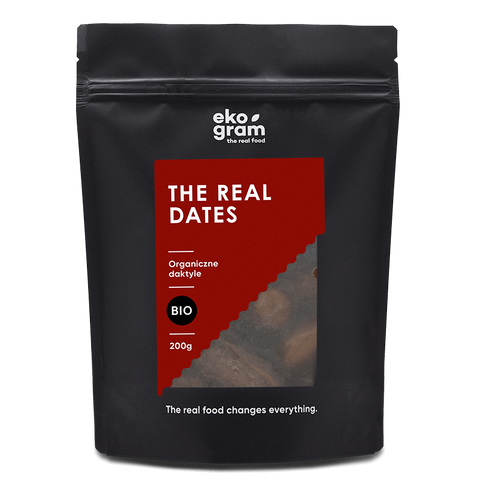
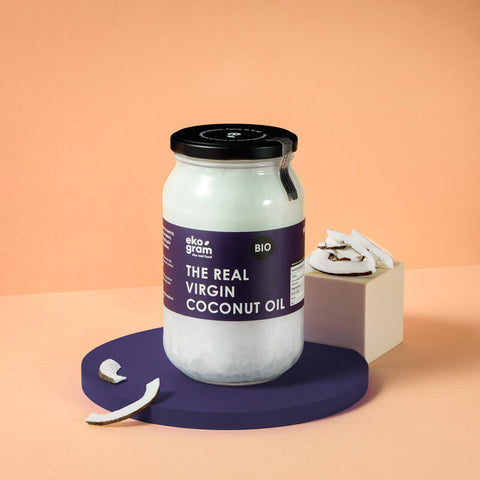
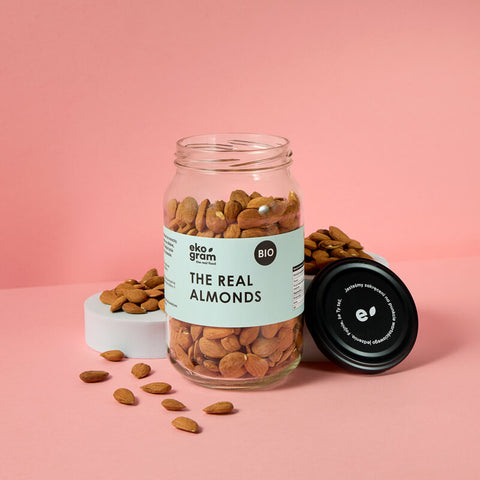
Comments (0)
There are no comments for this article. Be the first one to leave a message!